How Steering Geometry Works: Alignment Fundamentals
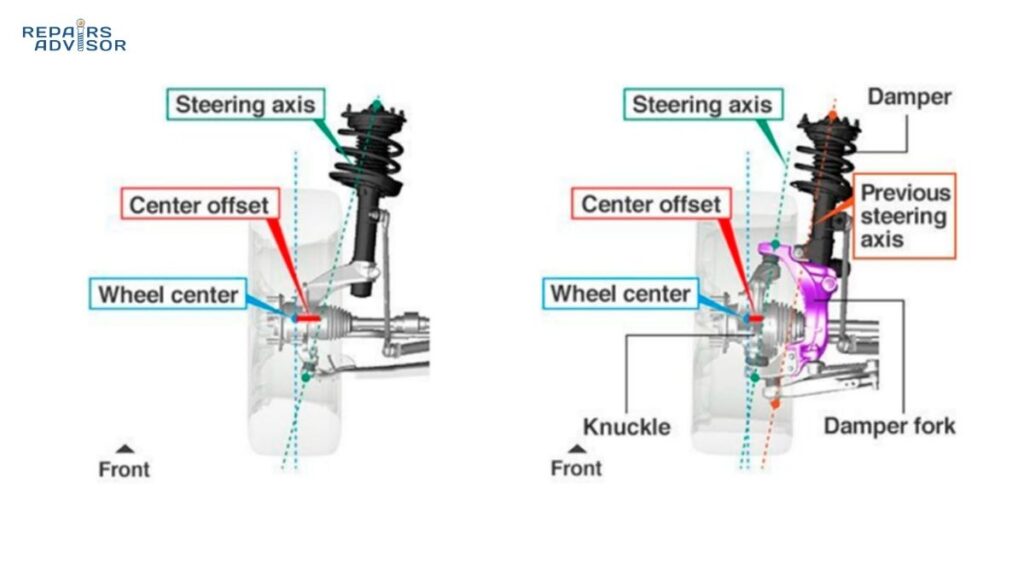
Every time you turn your steering wheel, a complex geometric relationship determines exactly how your vehicle responds. This relationship, known as steering geometry, involves five fundamental angles that work together to provide predictable handling, maximize tire life, and ensure safe vehicle control. Understanding these angles—camber, caster, toe, kingpin inclination, and scrub radius—along with Ackermann steering […]
How EPS Control Systems Work: Electronic Assistance
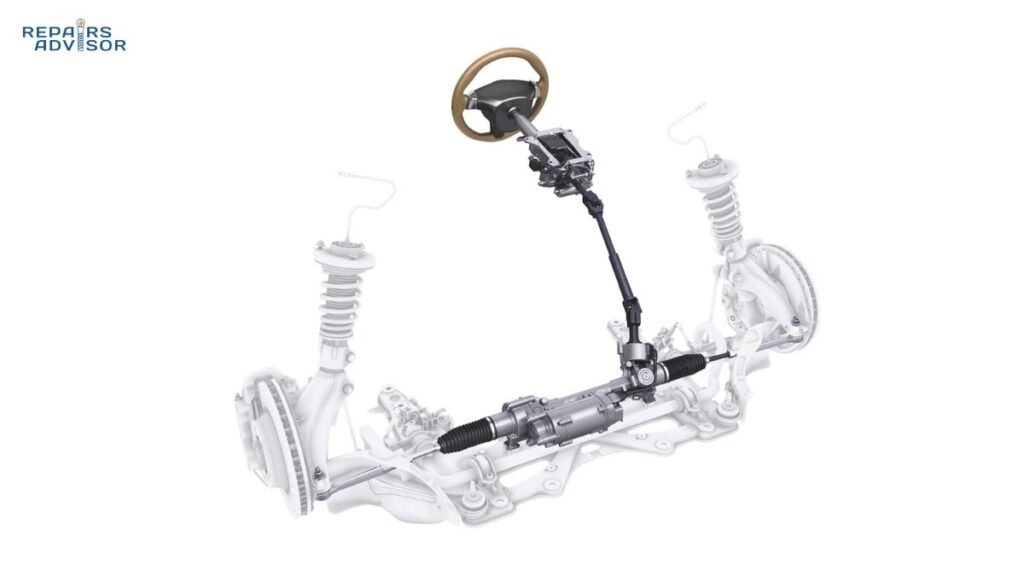
Modern vehicles have replaced traditional hydraulic power steering with sophisticated electronic power steering (EPS) control systems that represent one of the most advanced automotive technologies in use today. The EPS control system is the intelligent electronic brain that manages every aspect of electric steering assistance, from processing sensor inputs to controlling powerful electric motors with […]
How Electronic Power Steering Works: Electric Assistance
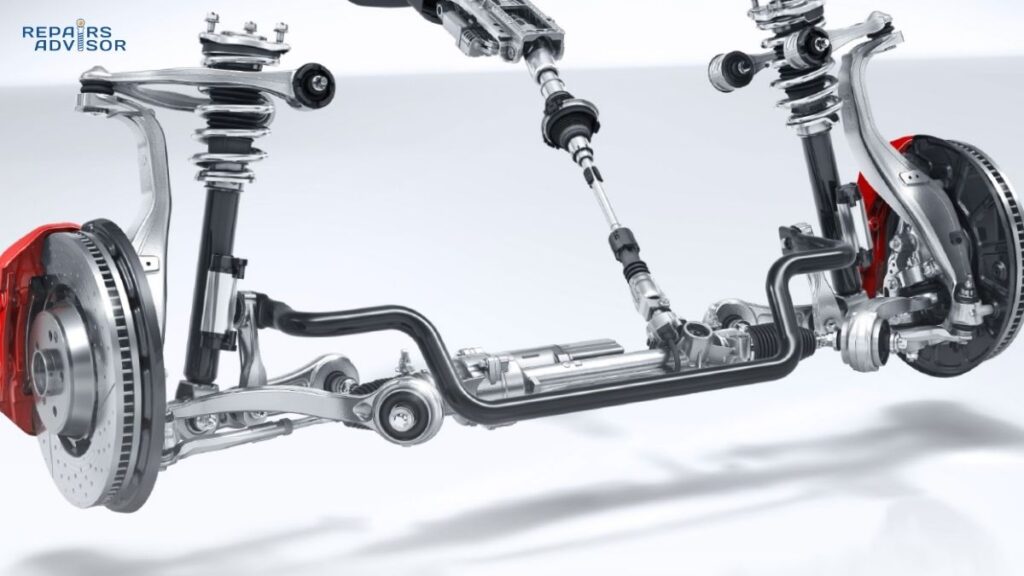
Modern vehicles have undergone a quiet revolution in steering technology. If you’ve driven a car built after 2010, you’ve likely experienced electronic power steering (EPS) without even realizing it. This electric-based system has rapidly replaced traditional hydraulic power steering, becoming the industry standard across passenger vehicles from compact cars to full-size SUVs. The transition from […]
How Electronic Stability Control Works: Vehicle Dynamics Management

Electronic Stability Control (ESC) stands as one of the most significant safety innovations in automotive history. According to the National Highway Traffic Safety Administration (NHTSA), ESC prevents approximately 50% of fatal single-vehicle crashes and reduces rollover risk by 80% in SUVs. This technology works silently in the background, monitoring your vehicle’s stability thousands of times […]
How Traction Control Systems Work: Wheel Slip Management
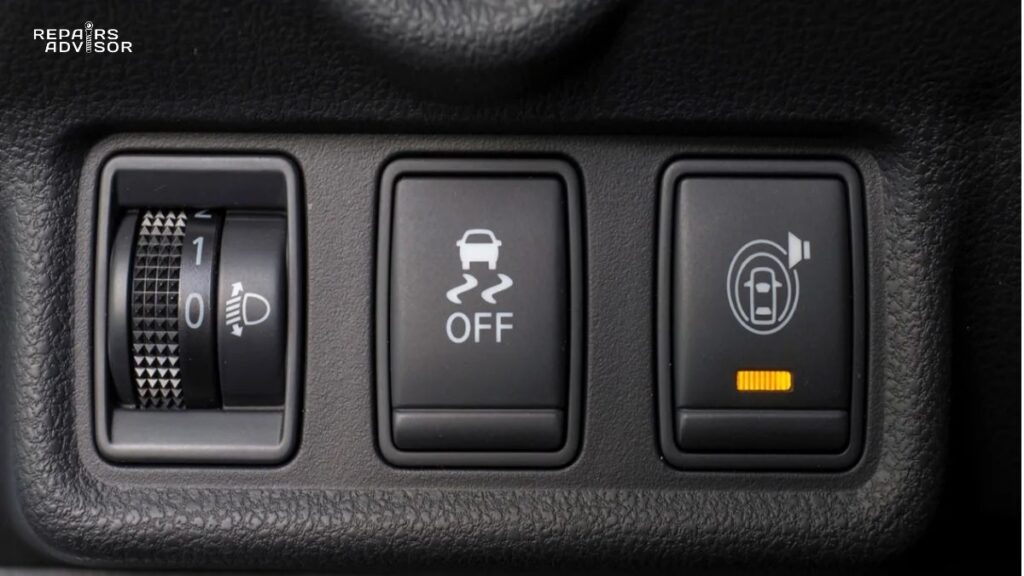
Modern vehicles come equipped with sophisticated electronic safety systems designed to keep you in control during challenging driving conditions. Among these critical systems, traction control stands out as one of the most important innovations in automotive safety technology. Since becoming mandatory on all new vehicles sold in the United States in 2012, traction control has […]
How ABS Systems Work: Anti-Lock Braking Technology

Imagine this scenario: You’re driving down a rain-slicked highway when the car ahead suddenly brakes. You slam on your brakes, but instead of skidding helplessly out of control, your vehicle maintains perfect directional stability as it comes to a controlled stop. You can still steer around the obstacle if needed. That’s the power of Anti-lock […]
How Brake-by-Wire Systems Work: Electronic Braking
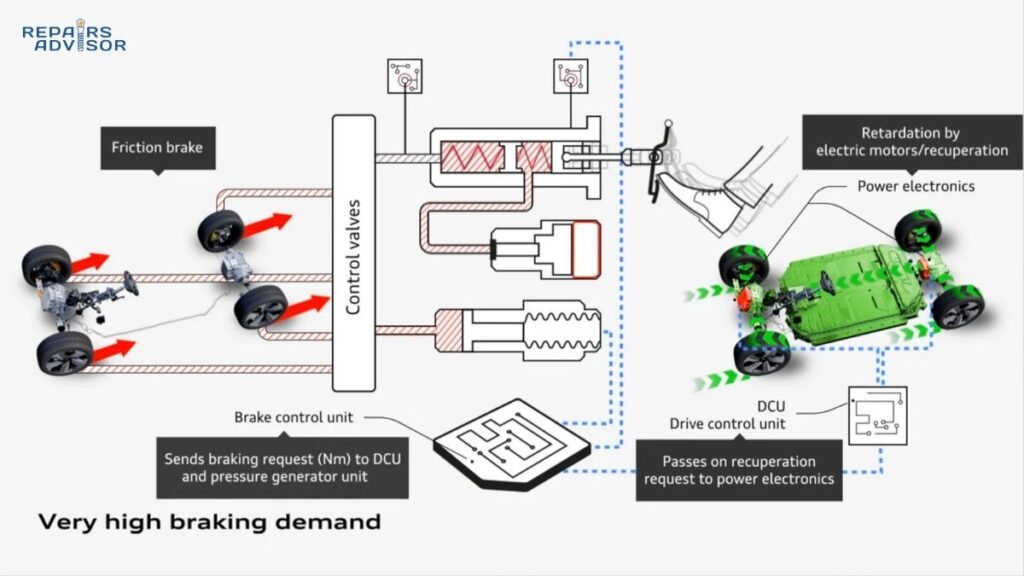
Modern vehicles are experiencing a fundamental transformation in how they stop. If you’ve driven a hybrid, electric vehicle, or recent high-performance car, you’ve likely experienced brake-by-wire technology without realizing it. This electronic braking system represents one of the most significant advances in automotive safety and efficiency since the introduction of anti-lock brakes. Brake-by-wire technology replaces […]
How Brake Pad and Rotor Tribology Works: Friction Science

Every time you press your brake pedal, your vehicle relies on tribology—the science of friction, wear, and lubrication—to safely convert kinetic energy into heat. This seemingly simple act of stopping involves complex interactions between materials operating under extreme conditions: high speeds up to 15 meters per second, contact pressures reaching 4 MPa, and temperatures soaring […]
How Brake Proportioning Valves Work: Force Distribution
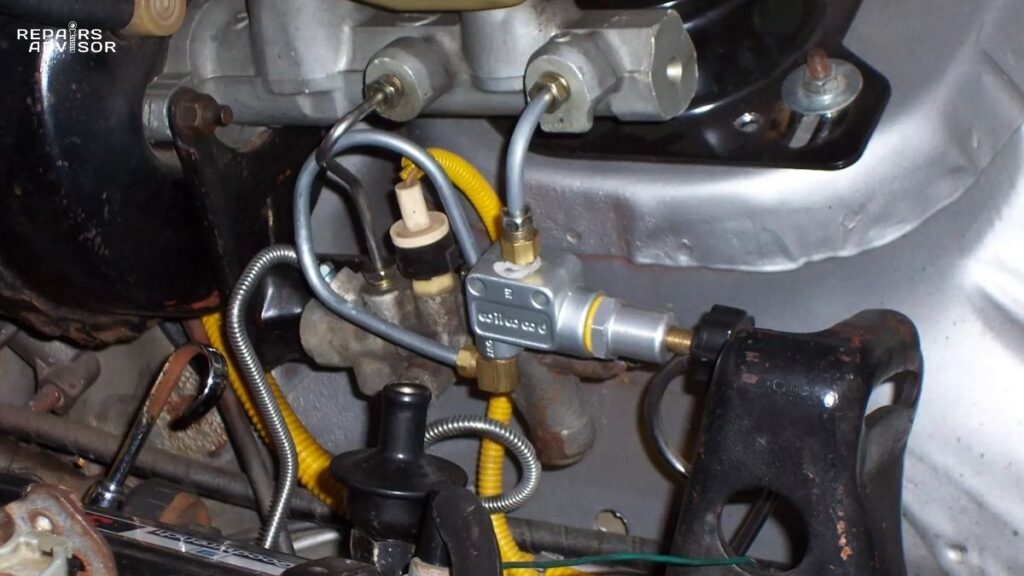
Your vehicle’s brake system contains a critical safety component that most drivers never think about—the brake proportioning valve. This unassuming device plays a vital role in preventing dangerous rear wheel lockup during emergency braking, maintaining vehicle stability when you need it most. Understanding how this hydraulic pressure regulator works helps you recognize symptoms of failure […]
How AWD Systems Work: All-Wheel Drive Coupling
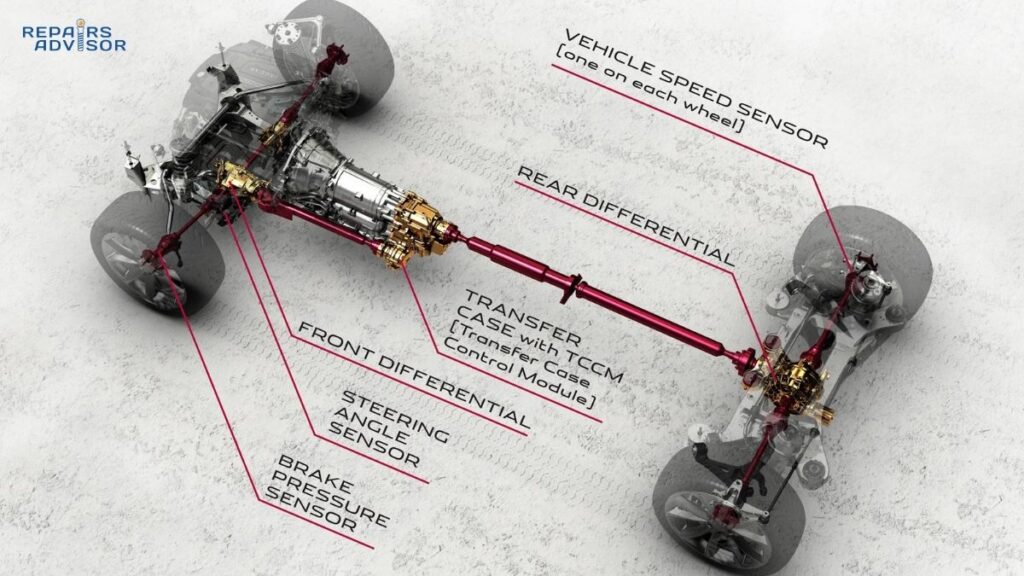
Imagine accelerating from a stoplight on a rain-slicked road. While other vehicles struggle for grip, wheels spinning uselessly, your car surges forward smoothly and confidently. This isn’t magic—it’s the result of an all-wheel drive system working behind the scenes, intelligently distributing power to all four wheels to maximize traction exactly when you need it. All-wheel […]
How Dual-Clutch Transmissions Work: Fast Shifting

Imagine shifting gears faster than the blink of an eye—literally. Modern dual-clutch transmissions can change gears in as little as 8 milliseconds, delivering seamless power without the fuel-wasting torque converter of traditional automatics or the skill demands of a manual gearbox. This “best of both worlds” technology has revolutionized both performance cars and everyday vehicles, […]
How Torque Converters Work: Fluid Coupling

If you’ve ever wondered how your automatic transmission vehicle can idle smoothly at a stoplight without stalling the engine, the answer lies in a remarkable component called the torque converter. This fluid coupling device replaces the mechanical clutch found in manual transmissions, using hydraulic pressure instead of friction plates to transfer power from your engine […]